This is Baku Tour – Baku, the capital city of Azerbaijan, is a city of contrasts, blending traditional and modern architecture, rich culture, and a thriving economy. One of the city’s must-visit destinations is the Baku Carpet Museum. The museum showcases the country’s rich history and culture of carpet-making, and it is a great place to visit for anyone interested in history, culture, and art.
Introduction The Baku Carpet Museum
is a fascinating museum that houses one of the world’s largest collections of Azerbaijani carpets. The museum was founded in 1967 and has since been a popular attraction for locals and tourists alike. The museum is located in a beautiful building that was designed by the Austrian architect Franz Janz.
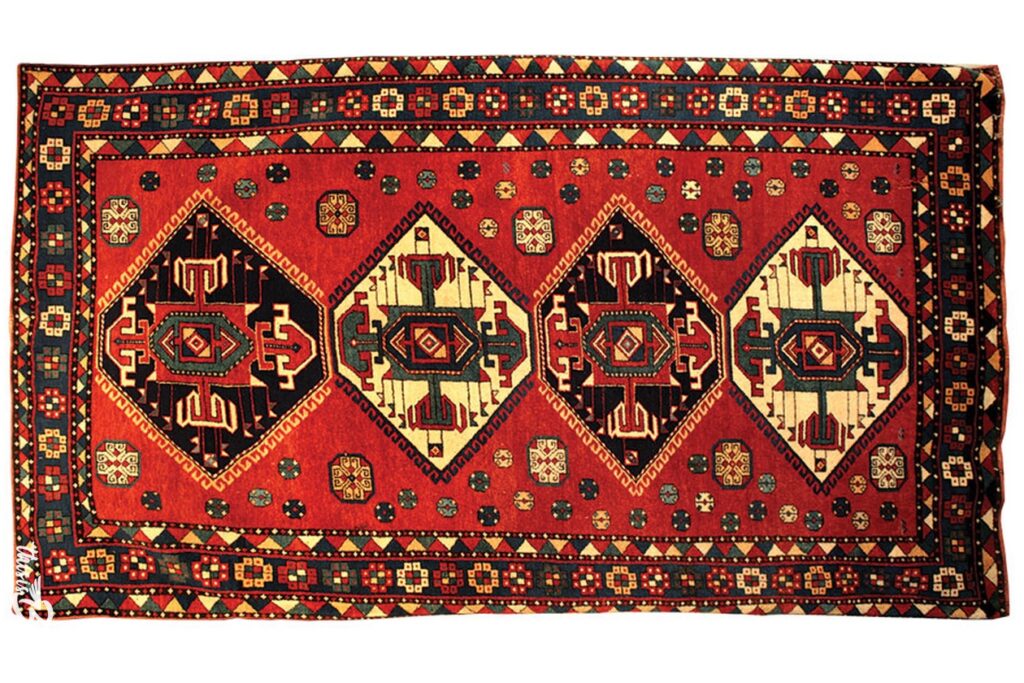
History of Azerbaijani Carpets
The history of carpet weaving in Azerbaijan dates back to ancient times. It is believed that carpet weaving has been practiced in the region for more than 2,500 years, and Azerbaijan is widely considered one of the birthplaces of carpet weaving in the world.
The art of carpet weaving was an important part of the daily life and culture of the people of Azerbaijan. Carpets were used for many purposes, including as floor coverings, wall hangings, and even as horse covers. They were also an important item of trade, as Azerbaijan was located on the ancient Silk Road, which connected the East and the West.
The Azerbaijani carpet weaving tradition was passed down from generation to generation through families and communities. Each region of Azerbaijan had its unique carpet-weaving style, designs, and patterns. The carpets were often made by women, who would weave the carpets at home using a vertical loom.
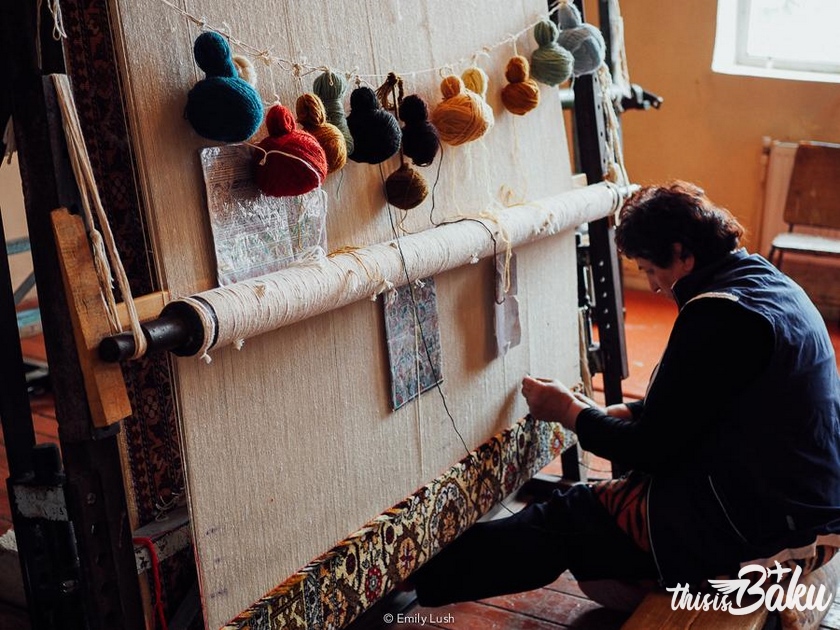
One of the unique features of Azerbaijani carpets is their rich symbolism. Many of the designs and patterns on the carpets have deep cultural and religious significance. For example, the pomegranate design represents fertility and abundance, while the buta design (also known as the paisley) is believed to represent the flame of a Zoroastrian fire temple.
Over time, Azerbaijani carpet weaving became known throughout the world for its beauty, quality, and durability. Today, Azerbaijani carpets are highly sought after by collectors and are displayed in museums and galleries around the world.
The Baku Carpet Museum in Azerbaijan is one of the best places to learn about the history of Azerbaijani carpet weaving. The museum houses an impressive collection of carpets from different regions of Azerbaijan, showcasing the country’s rich cultural heritage and artistic traditions.
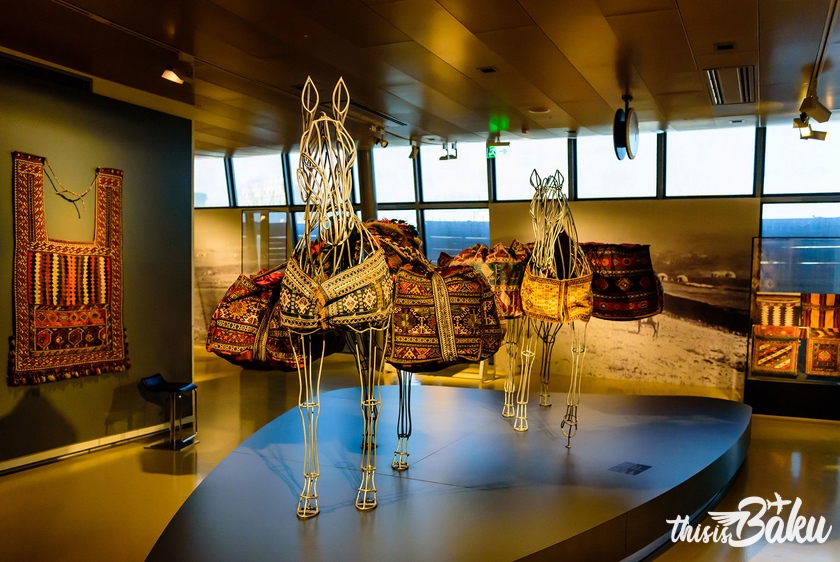
The Building
The Baku Carpet Museum is located in the heart of Baku, the capital city of Azerbaijan, and was built in 1967. The museum building has a unique architectural design that combines traditional and modern elements, reflecting the country’s rich cultural heritage and modernization.
The building was originally designed by the Austrian architect Franz Janz and underwent a major renovation in 2014. The renovation was carried out by the Azerbaijani architect Shirin Abasova, who aimed to preserve the original architectural style of the building while also adding modern features.
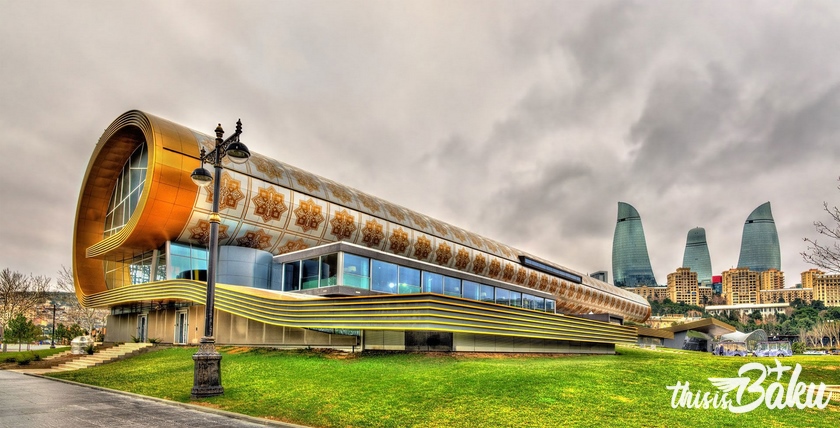
The building’s façade is made of white limestone and is decorated with traditional Azerbaijani carpet patterns, reflecting the museum’s focus on the art of carpet weaving. The museum’s interior is designed to create a sense of spaciousness, with high ceilings and natural light, creating a pleasant and inviting atmosphere for visitors.
The Baku Carpet Museum is a four-story building, with each floor dedicated to different exhibitions and displays. The museum has an impressive collection of Azerbaijani carpets, as well as carpets from other countries, such as Turkey, Iran, and Central Asia. In addition to its permanent exhibitions, the museum also hosts temporary exhibitions, events, and workshops, highlighting the diverse cultural heritage of Azerbaijan and the wider region.
The location of the Baku Carpet Museum is strategic, as it is situated in the heart of Baku’s historic center, close to many other cultural and tourist attractions. Visitors can easily access the museum by public transport, taxi, or on foot. There are also many Baku hotels and restaurants nearby, making it a popular destination for tourists visiting Baku.
Overall, the Baku Carpet Museum building is a masterpiece of modern architecture that reflects the rich cultural heritage of Azerbaijan. Its unique design and location make it a must-visit destination for anyone interested in the art of carpet weaving and the cultural history of the region.
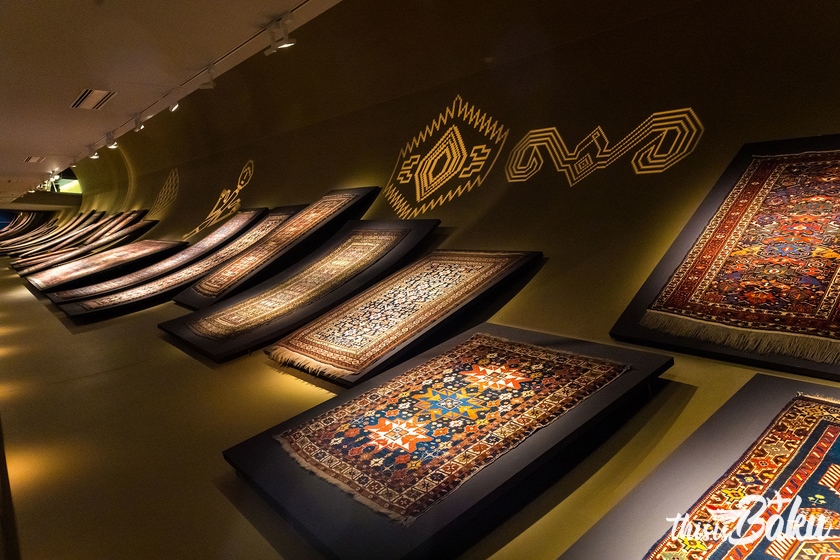
The Collection
The Baku Carpet Museum has an impressive collection of carpets, with over 14,000 items on display. The collection includes carpets from different regions of Azerbaijan, each with its unique designs, colors, and patterns. The museum also has an impressive collection of carpets from other countries, including Turkey, Iran, and Central Asia.
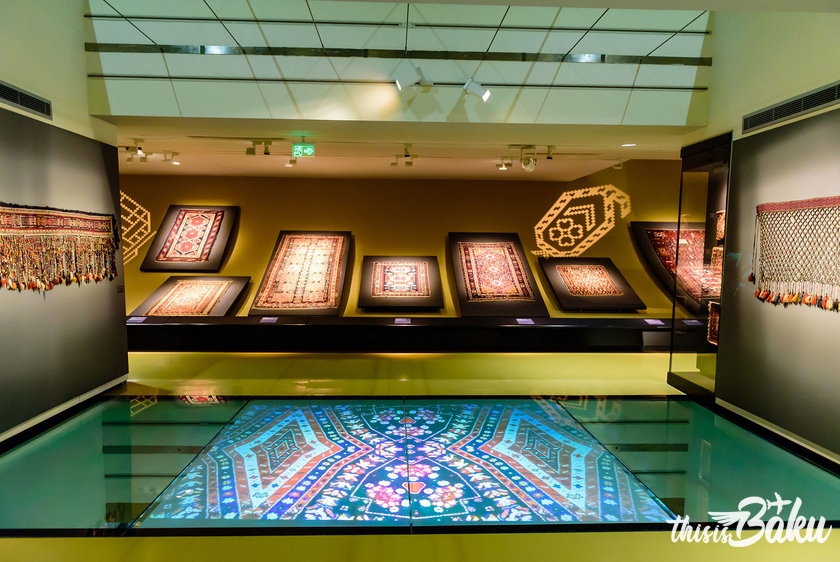
Interactive Exhibits
The museum has a range of interactive exhibits that allow visitors to experience the art of carpet-making firsthand. Visitors can watch weavers at work, try their hand at weaving, and even create their own designs. There are also exhibits that showcase the different techniques used in carpet-making, such as embroidery and dyeing.
Planning Your Visit
Travelers to Baku should make sure to include a visit to the Baku Carpet Museum in their itinerary. The museum is open every day except Monday, from 10 am to 6 pm. Admission fees are very reasonable, and guided tours are available for an additional fee. Visitors can easily reach the museum by taxi or public transport, and there are plenty of hotels in Baku to suit all budgets.
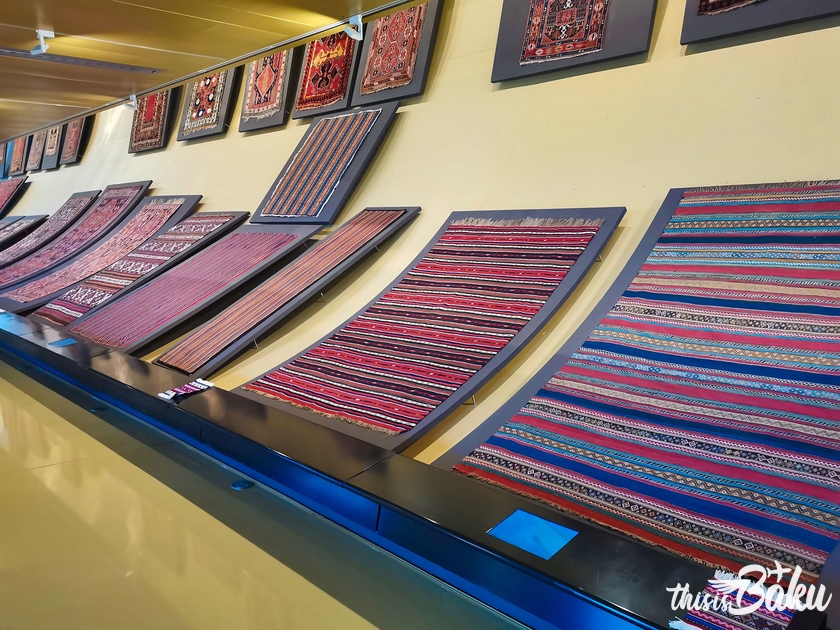
Conclusion
The Baku Carpet Museum is a must-visit destination for anyone traveling to Baku. The museum offers a fascinating insight into Azerbaijani culture and history and is a great place to learn about the art of carpet-making. Visitors can admire the museum’s impressive collection of carpets, try their hand at weaving, and experience the art of carpet-making firsthand. With so much to see and do, the Baku Carpet Museum is a highlight of any Baku tour. AZC
